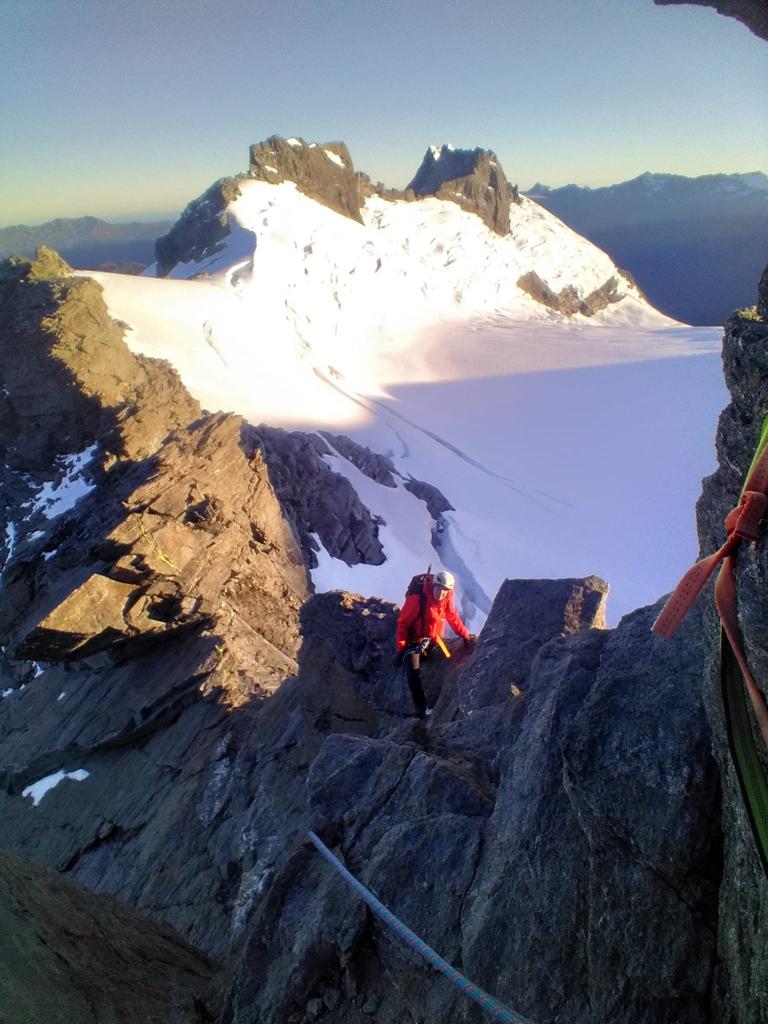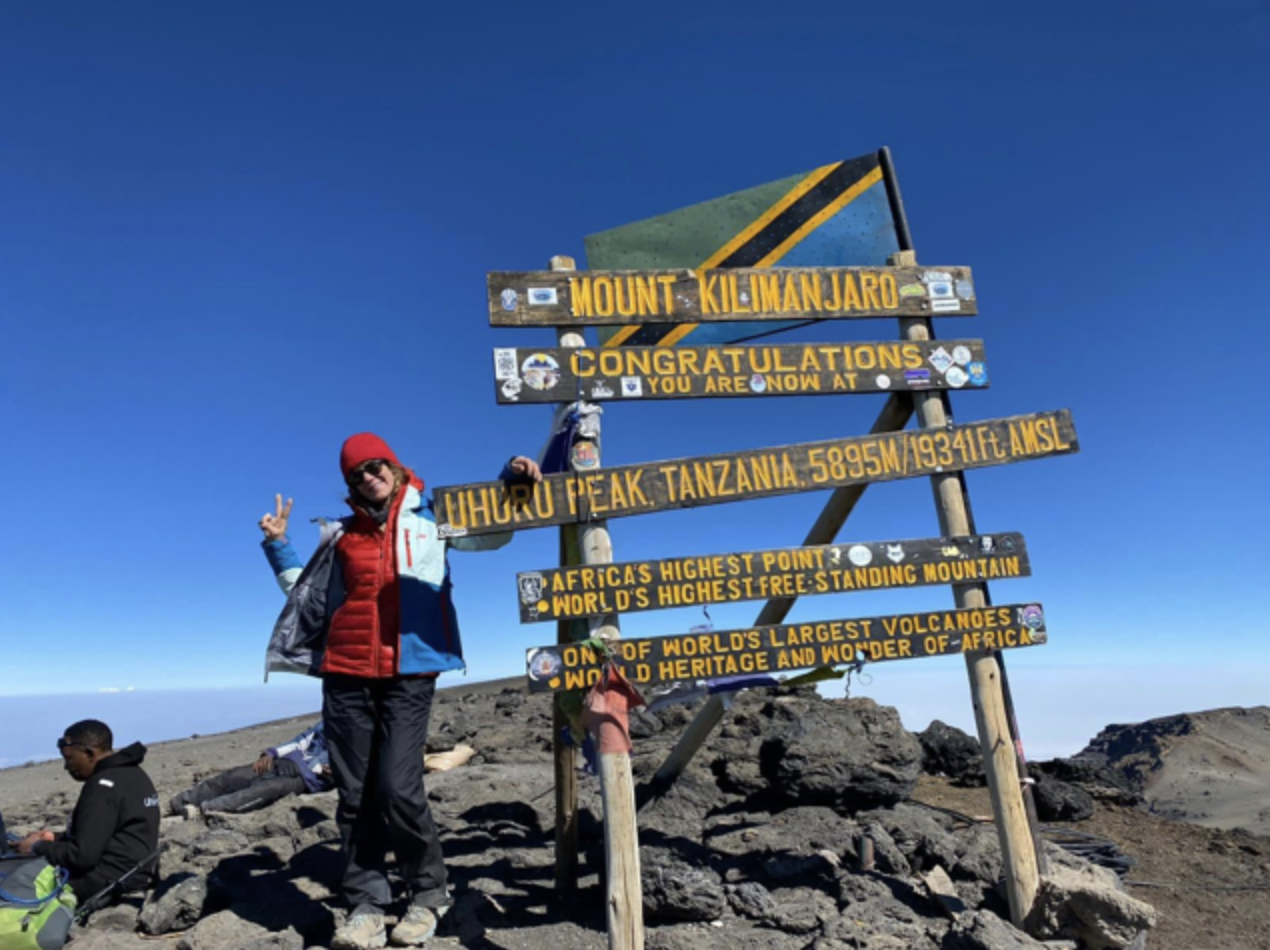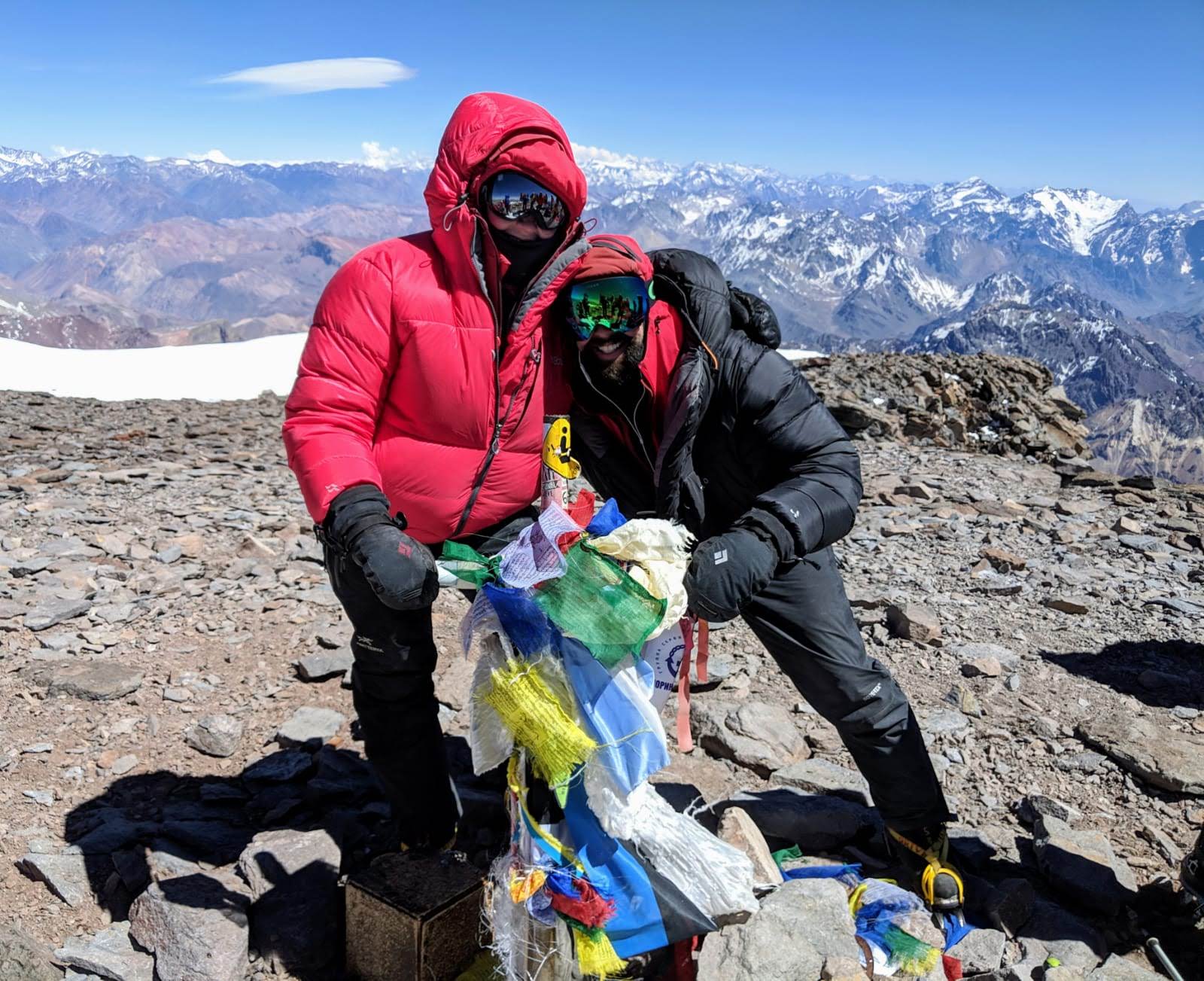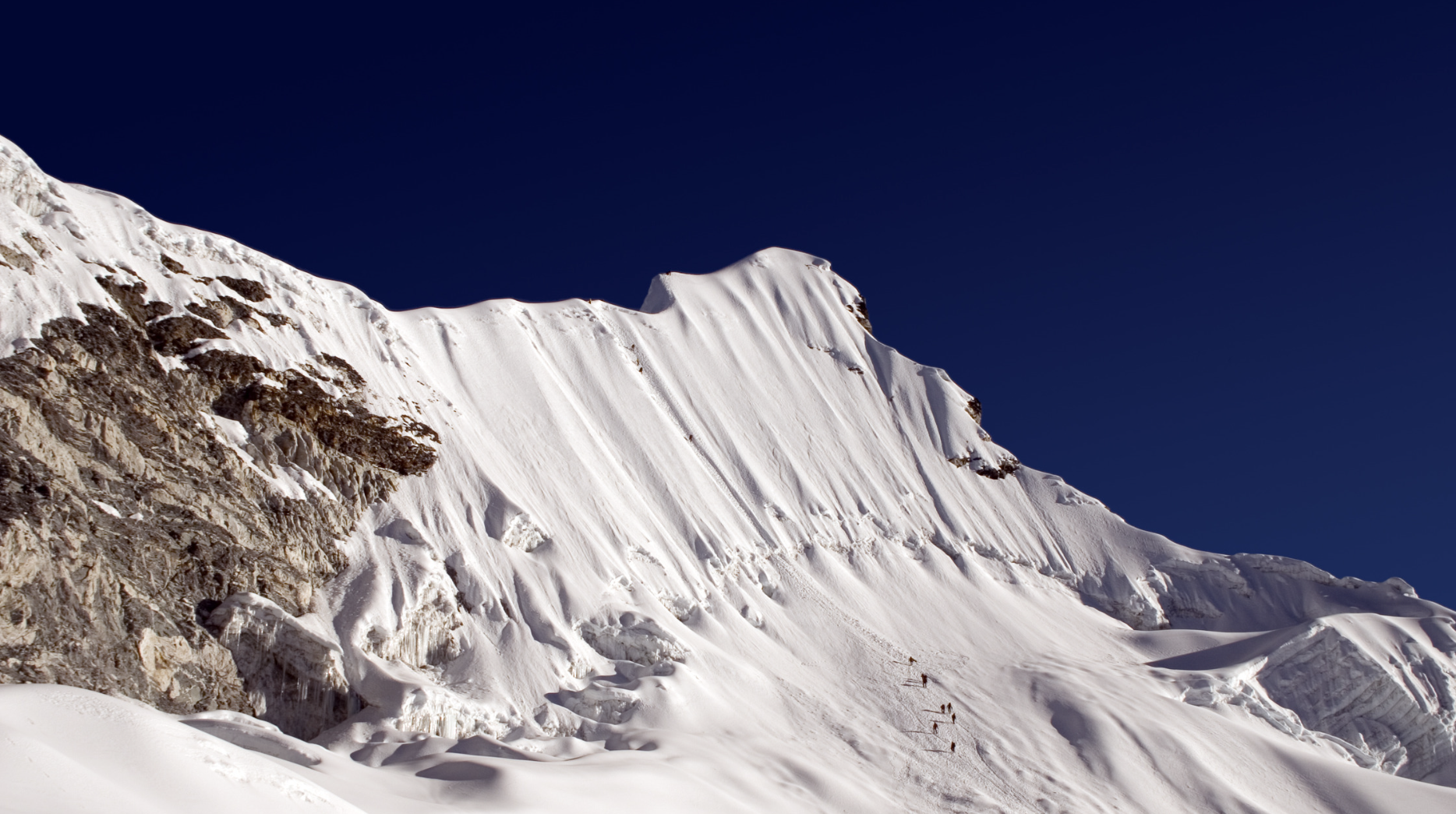Nutrition For Mountaineering
Nutrition as you train for mountaineering should be a balanced ratio of carbohydrates, protein and fat while your nutrition during a climb or trek will be a higher carbohydrate ratio, lower protein and average fat intake.
Do You Lose Weight At Higher Altitudes?
Yes, you normally do. There are a few reasons why:
· Increased physical exertion as you climb and trek at higher altitudes means you are using more energy (calories) and can contribute to weight loss. Studies have shown that the average calorie expenditure at extreme altitudes can be as high as 6,000 calories and even more so during the summit attempt.
· As you gain altitude, one of the effects of altitude on your body is a reduced appetite, which means your total calorie intake is reduced. This often plays a huge role in weight loss at altitude.
· It is generally colder at higher altitudes and as a result your body has to work harder by burning more calories than it would in a warmer environment in order to keep your core temperature at 37°C or 98.6°F.
What To Eat Before Climbing Kilimanjaro?
You should be eating a balanced diet of carbohydrates, protein and fats. Each macronutrient plays an important role as you prepare for Kilimanjaro, for example, you will use carbohydrates and fats in the production of adenosine triphosphate (ATP) molecules which essential allow you to move aerobically. When you go for a speed walk or medium paced run, you are moving aerobically. Another example is protein. It forms the building blocks of your muscles and is essential in the process of repairing damaged muscles.
Food is your fuel for your training sessions. Change your mindset from food for the purpose of enjoyment to food to fuel your training sessions. You must be able to give 120% during your training so that you can reap the benefits of the physiological adaptations that happen with training so that you can optimally perform on Kilimanjaro.
FYI – If your calorie intake is too low then you will feel lethargic, tired and more than likely exhausted before you’ve even thought about training. If this is how you often feel about your training then you need to increase your total caloric consumption. For your exact calorie intake, carbohydrate, protein and fat ratios that you should be eating please check out The Nutrition Chapter in my book “A Step-By-Step Manual To Mountaineering & Trekking Around The World”
What To Eat On A Trek
Your nutrition during a mountaineering or trekking adventure will be a higher carbohydrate ratio, lower protein and average fat intake. Your carb intake is essential to thriving at altitude. How you consume the higher carb intake is always a very personal thing. Some people like getting their higher carb intake from chocolates or energy bars while other prefer trail mixes or energy powders added to their drinks.
What I always suggest to my clients on the Mountaineering & Trekking Training Program is to test the foods they like while they are in the comforts of their own home, making sure to not take anything that gives them a bad tummy (bloated or gassy) because if it gives you a bad tummy at sea level then it definitely will at high altitude when your digestion system slows down.
One of the many other pieces of advice I give them is to always take a variety of foods or snacks because your taste buds and appetite often changes as you gain altitude. Personally, I love chocolate at sea level but above 6,000m and I won’t even be able to look at it without feeling queasy.
How To Lose Weight For Trekking
Generally speaking, you will unconsciously lose weight while following a balanced nutrition plan of carbohydrates, proteins and fats while you dedicate yourself to your training.
Be careful not to drop your calorie intake too low otherwise you will find you are lethargic, tired and generally too exhausted to give of your best during your training.
Keto Diet Mountaineering
This is a huge no. A Keto diet is essential a diet of protein and fats. The problem with this is that your main metabolic pathway and process that you need in order to move requires carbohydrates. It is called your Aerobic metabolic pathway and it refers to the process by which your body uses energy (carbs and fats) in order to produce adenosine triphosphate (ATP) molecules, which basically give your muscles the energy they need to contract and relax and as a result move your body.
When you are preparing for a mountain, you will be doing a huge amount of Aerobic training. If you are cutting your body short on its carbohydrate supply then you will not be able to train at your maximum potential because your body simply doesn’t have the right energy supply. If you aren’t able to train and prepare your metabolic pathways correctly at sea level then you certainly won’t experience the benefits of all that training at altitude.
I would personally never, ever follow a Keto Diet in preparation for a mountain or trek at high altitude and I would certainly never recommend it to any of my clients. It is the complete opposite of what you should be doing to prepare for a mountain.
I’m sure there are people who can raise their hands and say that a Keto diet worked for them but I am yet to ever meet someone or climb with someone who has successfully pursued a Keto style diet on and off the mountain and made the summit.
Mountaineering Low Carb Diet
This follows what I’ve already said with regards to a Keto Diet. Even if you are following a low carb diet, it is simply not enough to sustain your training and definitely not enough to sustain you at high altitude.
Best Diet For High Altitude
The best diet as you prepare for a high altitude adventure is a balanced diet that gives you the right macronutrients in order to train at your absolute best as well as sustainably lose weight while you prepare. For your exact calorie intake, carbohydrate, protein and fat ratios that you should be eating, again please check out The Nutrition Chapter in my book “A Step-By-Step Manual To Mountaineering & Trekking Around The World”
Normally, when you are actually on your adventure, your protein intake will drop and your carb intake will go a little higher. This is because logistically it is normally quite challenging to take enough protein, such as 12 pieces of steak for one meal for you and your teammates, up a mountain. You will be given or advised to eat more carbohydrates in the form of rice, pasta, buckwheat porridge and cereal because you will be burning more calories and energy.
In the history of trekking and mountaineering, this has been the best approach yet, adopted by the professional climbers of the world, as well as the beginners, simply because it is what works as you prepare and climb at altitude.
High Altitude Mountaineering Diet
Please see my answer to the above question Best Diet For High Altitude





